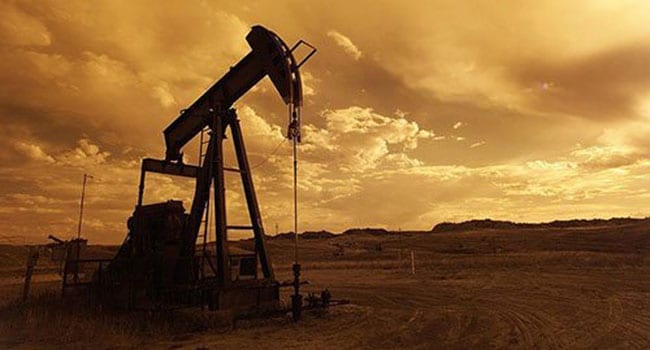By Kenneth P. Green,
Elmira Aliakbari
and Ashley Stedman
The Fraser Institute
The Alberta government recently announced new regulations aimed at providing emission-cutting incentives for industry. But it’s getting harder to attract capital to Alberta’s oil and gas industry due to regulatory and taxation concerns.
The new Carbon Competitiveness Incentives will begin in January and apply to emission-intensive industries including oilsands operations. Alberta Environment Minister Shannon Phillips claims the plan will “ensure companies remain competitive.”
Instead of measuring emission reductions on a facility-by-facility basis as the previous structure did, the new system will compare each company’s emissions to an industry benchmark. Firms that create fewer emissions than the benchmark will receive credits while less-efficient producers will buy offsets or pay levies on emissions over the benchmark.
Although the new system is an improvement (since it increases incentives among firms), it comes at a high cost for large industrial emitters – an estimated $1.2 billion a year by 2020, although credits and rebates will probably lower the cost to about $800 million.
These new high-cost regulations will be implemented while Alberta’s oil and gas industry already faces competitiveness concerns in a tough business environment. According to this year’s Fraser Institute Global Petroleum Survey, which highlights policies (royalties and taxes, duplicative regulations, political stability, etc) that make a jurisdiction attractive or unattractive to oil and gas investment, Alberta already lags behind many American states in key policy areas, including regulatory compliance and taxation.
Survey results show Alberta’s investment climate remains far behind 2014 levels, when the province ranked 14th (out of 156 jurisdictions). In 2016, Alberta fell to 43rd of 96 jurisdictions and only rose to 33rd of 97 jurisdictions this year. Alberta’s rank is well behind international competitors such as Texas (the most attractive jurisdiction in the world), Oklahoma (second) and North Dakota (third).
In 2017, 70 per cent of survey respondents cited the high cost of regulatory compliance as a deterrent to investing in Alberta compared to only nine per cent in Texas and 16 per cent in Oklahoma. And 52 per cent of respondents see taxation as a deterrent to investing in Alberta compared to only 13 per cent in both Texas and Oklahoma and nine per cent in North Dakota.
What factors have contributed to Alberta’s drop in the eyes of oil and gas investors? And what’s encouraging investment south of the border?
Policy directions.
Since 2015, the Alberta government led by Premier Rachel Notley has increased corporate income taxes by 20 per cent, implemented a carbon tax and introduced a new slate of environmental regulations, including a cap on emissions from oilsands production.
Meanwhile in the United States, the administration of President Donald Trump is adopting the opposite approach. It’s implementing sweeping energy-sector reforms that cut taxes and regulations, opening additional lands, suspending onerous regulations, dropping international greenhouse gas obligations, allowing oil exports and promising to cut taxes on business.
In fact, Trump’s latest tax plan calls for a reduced corporate tax rate, from 35 per cent to 20 per cent. The direction of the Trump administration, compounded by the Notley government’s new high-cost regulations, will likely exacerbate the U.S. advantage over Alberta in terms of investment attractiveness.
Investors flock to greener pastures if government policies are too costly. Alberta’s new regulations, on top of other regulations and tax increases, will undermine the competitiveness of the province’s oil and gas industry.
If the Alberta government wants to attract investment to the province, it should rethink its high-cost policies.
Kenneth P. Green is a senior director, and Elmira Aliakbari and Ashley Stedman are analysts at the Fraser Institute.
Ken, Elmira and Ashley are Troy Media Thought Leaders. Why aren’t you?
The views, opinions and positions expressed by columnists and contributors are the author’s alone. They do not inherently or expressly reflect the views, opinions and/or positions of our publication.





